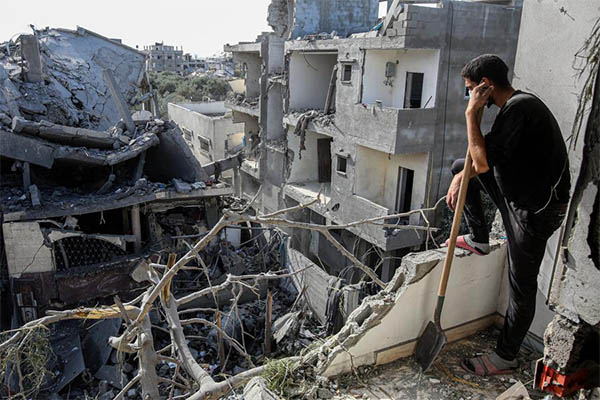Uganda resurrects SGR rail project in Tororo
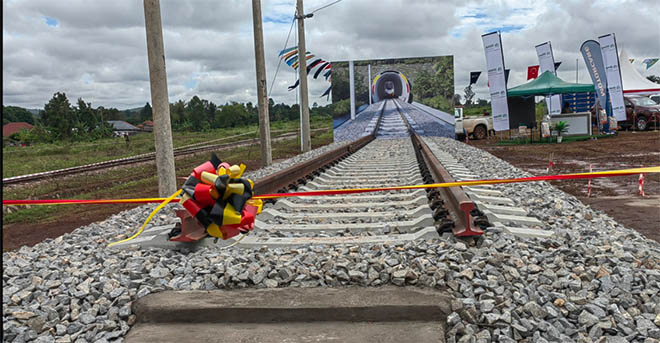
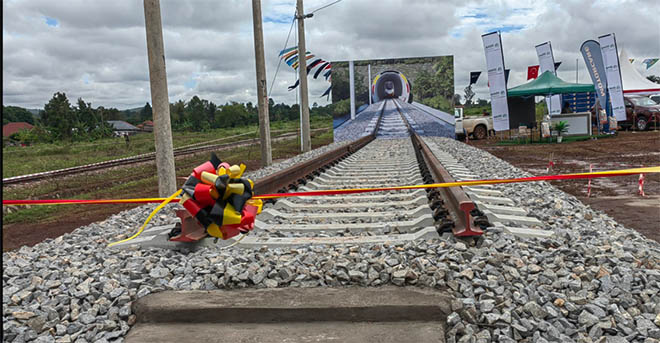
The SGR was originally an East African project, but faced financing problems. Kenya did a section of the SGR but it did not connect to Uganda, Rwanda and Sudan as was originally planned over 8years ago.
Tororo, Uganda | THE INDEPENDENT | Construction works on the delayed Standard Gauge Railway (SGR) in Uganda have been commissioned by President Yoweri Museveni. The project connecting the SGR from Tororo to Kampala is expected to run for 48 months.
The works on the 272-kilometre railway project will be undertaken by the Turkish construction firm, Yapi Merkezi (in joint venture with YM Global), which signed the contract with the government in mid-October.
This will be the first section of a planned 1,700 km electric rail line and would cost 2.7 billion Euros (3 billion Dollars) or about 10.8 trillion Shillings.
The project will be funded by the government and funds from credit organisations to finance the project, which will take 48 months to complete once started. Citibank is the lead arranger for the syndicated credit facility.
President Museveni said that the railway system is part of a wider long-term plan to rationalise the transport system and decongest the road network.
President Museveni also used the chance to further justify the government’s decision to rationalise public expenditure through mergers and abolition of ministries, departments and agencies.
Giving the example of Uganda National Roads Authority (UNRA), he said after the economy reached a minimum recovery level, there was no need for spending through ministries and then authorities in the same sector.
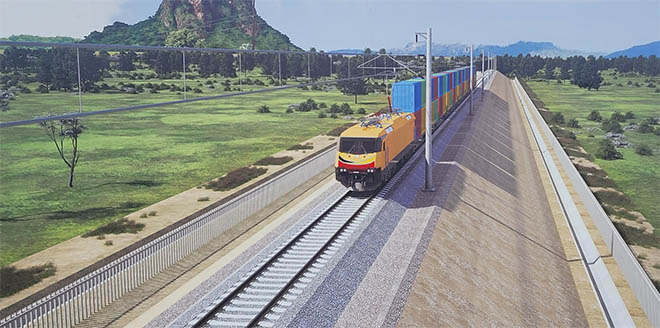
The first phase rail section will run from the border with Kenya through several towns to Kampala, with later plans to extend it to the borders of the Democratic Republic of Congo, Rwanda and South Sudan, a total of 1,700 kilometres.
Before construction works commenced, the government mainly focused on the acquisition of land for the project.
To date, at least 150km of land out of the 272km of the Right of Way has been acquired in the districts of Tororo, Butaleja, Namutumba, Luuka, Iganga, Mayuge, Jinja and Buikwe, with the next phase targeting Mukono, Wakiso and Kampala.
Minister of Works and Transport Edward Katumba Wamala stressed the need for transparency, respect for timelines and National Content Policy.
He also assured the country that the SGR will operate seamlessly with Kenya as the two countries have agreed on completion timelines for both lines to reach the common border.
He says that among the many advantages, the SGR will reduce the cost of transportation by about half.
The project coordinator, Wamburi vowed to ensure that the contractors source materials first from local sources, with companies like Roofings, Hima Cement and Tororo ready to supply.
Yapi Merkezi, the contractor, says the railway line will have the capacity to move 25 million tons of cargo per year.
Erden Arıoğlu, the Vice Chairman of the company pledged to meet the requirements of the deal, including timeliness, transparency and quality.
I commissioned the SGR construction project in Tororo District this afternoon, another right step towards rationalizing especially in the transport sector.
Recently, there was a debate in Parliament regarding rationalization. Why are the Ministry of Transport and UNRA… pic.twitter.com/ClsFaXtWZI
— Yoweri K Museveni (@KagutaMuseveni) November 21, 2024
This was also stressed by the Turkish Ambassador to Uganda, Mehmet Fatih AK, as important for the relationship between Uganda and Turkey. The ambassador said he was confident the contractor would use the wide experience in Railway construction in more than 100 countries.
It will realise transport speeds of 100km per hour for cargo and 120km per hour for passenger transport.
Other SGR lines planned in the future include the Northern Line from Tororo-Gulu-Nimule (at the South Sudan border) (465km) with a spur from Gulu-Pakwach to Vurra (at the DR Congo border – 297 km); the Western Line from Kampala- Bihanga-Kasese – Mpondwe (DR Congo border) with a spur to Hima Cement (383Km); and Southern line from Bihanga – Mirama hills (Rwanda border) with a spur to Muko (280 km).
The SGR was originally an East African project, but faced financing problems. Kenya did a section of the SGR but it did not connect to Uganda, Rwanda and Sudan as was originally planned over 8 years ago.
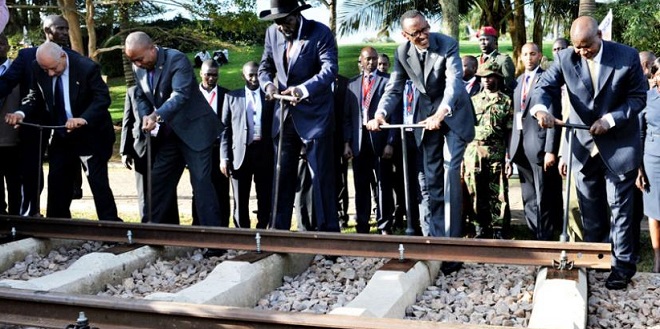
The post Uganda resurrects SGR rail project in Tororo appeared first on The Independent Uganda:.


